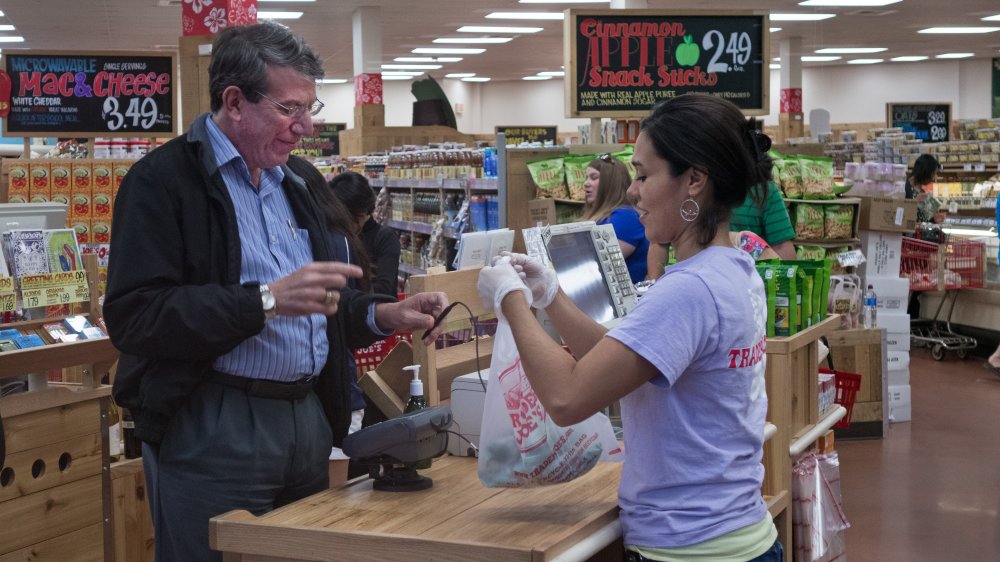While the business world moves at its greatest pace, brands must remember that the basic expectations of the people it serves are holding steadfast. And that the customer’s experience with your brand will always be shaped by the driving power of human needs. One of which is sensitivity; the awareness of the needs and emotions of your customers. In a world that values what a brand says much less than what they do, nothing reinforces the human characteristics of a brand (or lack thereof) than its behaviors.
With that, let’s take a look at a new, personal example from the airline industry.
On a recent flight from Europe, we were astonished by the “welcome” issued over the plane’s public address system by the pilot immediately upon touching down. His first statement seemed a little boastful, but somewhat tolerable by its factual intent, “Welcome to Atlanta Hartsfield-Jackson International Airport, the world’s busiest airport.”
The pilot’s second statement, however, was another story altogether: “In the world there are two kinds of countries,” he continued. “Those that use the metric system and those that land on the moon.”
Did I just hear that right? Throughout the cabin, you could detect brief but faint, nervous laughter. The German woman sitting next to me was not amused. I cringed with embarrassment. And utter disbelief.
Clearly, this does not rise to the violent and revulsive level of a passenger being dragged from a plane, as in the 2017 case on a United flight. However, the pilot of this Delta flight single-handedly damaged his company’s brand with one feeble and sarcastic attempt at humor to a captive audience of paying customers. An audience that, mind you, had just been fed a steady diet of Delta’s commitment to “Closing the Gap” during the last 9 hours of travel time.
As the airline’s marketing director describes the campaign: “There is more that brings us together than divides us. ‘Close the Gap’ reminds us that distance doesn’t have to mean difference, as there are certain common experiences we all navigate.”
Unfortunately, the symbol of the brand’s leadership, its ship’s captain, did not get the message.
Global brands have a greater challenge and bear a greater responsibility than domestic or regional brands. Airlines have a particular challenge because of the service they provide. The direct interaction with its customers at all of its destinations is problematic. People are people, after all and mistakes will happen. But when the brand’s representatives publicly contradict the spirit, the essence and the message of the brand, any gains cultivated by millions spent in carefully crafted videos, media strategy and customer experience can be undone by one careless, insensitive comment.
Words have weight. And spoken by the right or wrong person, in the right or wrong circumstance, words can either affirm a purchase decision or call it into question. True, most will simply consider the source, as in this example, as that of an immature individual at the helm of a multi-million-dollar passenger jet. Yet very often in our socially connected world, those wrong words find traction.
While we are all familiar with diversity training and sexual harassment sensitivity training, more should be done with “brand sensitivity training.” Just because the business card you carry or the uniform you wear carries the brand’s identity doesn’t mean that you, the bearer and wearer of it, truly understands what it means. Brand sensitivity training must always stress that the brand representative look through the eyes of the brand’s customer with empathy and compassion. Had the pilot in this example done that, he would have never said what he said.
Sarcasm has no place in the script. And even if the brand’s representative isn’t totally well-versed in the current campaign’s message, customers everywhere want to hear encouraging, uplifting commentary. Here’s a a simple litmus test: “Is this something the CEO would approve of me saying?” If the answer is no – probably not, then think of something else to say.
With emotions the dominant force in 100% of purchase decisions, the mandate for brands is clear. An authentic human side must be at the forefront. Begin shaping yours by answering this: if you could make your customer feel one thing, what would it be? Reinforce that in everything you say and do.
The Blake Project Can Help: Please email us for more about our purpose, mission, vision and values and brand culture workshops.
Branding Strategy Insider is a service of The Blake Project: A strategic brand consultancy specializing in Brand Research, Brand Strategy, Brand Growth and Brand Education




